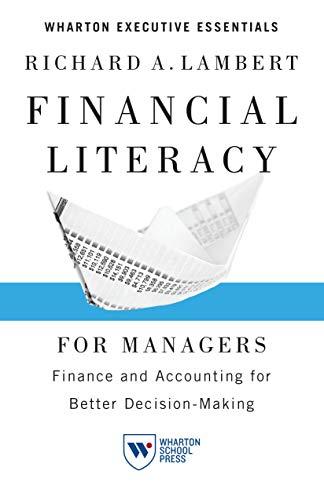Question
Answer the following question in your discussion post: Your friend Marvin is excited because he believes hes found an investment bargain. A broker at QuickCash

Answer the following question in your discussion post:
Your friend Marvin is excited because he believes hes found an investment bargain. A broker at QuickCash Investments has offered him an opportunity to buy a bond issued by Galveston Galleries Inc. at a very attractive price. The 30 year bond was issued ten years ago at a face value of $1,000, paying a coupon rate of 8%. Interest rates have risen recently driving bond prices down, but most economists think theyll fall again soon driving prices back up. That makes Marvin and his broker think this bond may be a real money maker if he buys now, holds for a year or two, and then sells. The bonds of companies that were similar to Galveston at the time its bond was issued are now yielding 12%. Galvestons bond is selling at $300 which the broker claims is a fantastic bargain. Marvin knows youre a finance major and has asked your opinion of the opportunity.
How would you advise him? Include the price at which the bond should sell given the yield on seemingly similar bonds.
7.2g Risky Issues Sometimes bonds sell for prices far below those indicated by the valuation techniques we've described so far in this chapter. For example, suppose we applied Equation 7.4 to a particular $1,000 face value bond and came up with a value of $950. However, suppose we checked and found the bond to be trading at $500. This would usually mean the company that issued the bond is in financial trouble, and there is some question about its ability to honor the obligations of the bond agreement. In other words, analysts feel it might default on the payment of interest and/or principal. Obviously such a risk will cause investors to lower their estimates of what any security is worth. Financial purists argue that in such a situation, Equation 7.4 still gives the right answer if we properly select the interest rate k. The argument is that the increased risk should be reflected in a higher expected return to the investor. Using a higher kresults in a lower calculated price. In other words, the bond has slipped into a lower quality class, which should be reflected by the requirement of a higher yield to compensate for the chance that the investor may lose everything if things go poorly for the company. However you look at it, a major deterioration in a bond-issuing company's financial performance will substantially depress the price of its securities, including bonds. aStep by Step Solution
There are 3 Steps involved in it
Step: 1

Get Instant Access to Expert-Tailored Solutions
See step-by-step solutions with expert insights and AI powered tools for academic success
Step: 2

Step: 3

Ace Your Homework with AI
Get the answers you need in no time with our AI-driven, step-by-step assistance
Get Started


